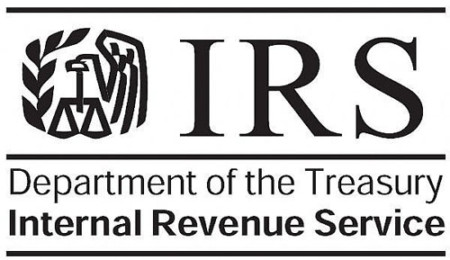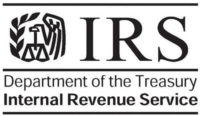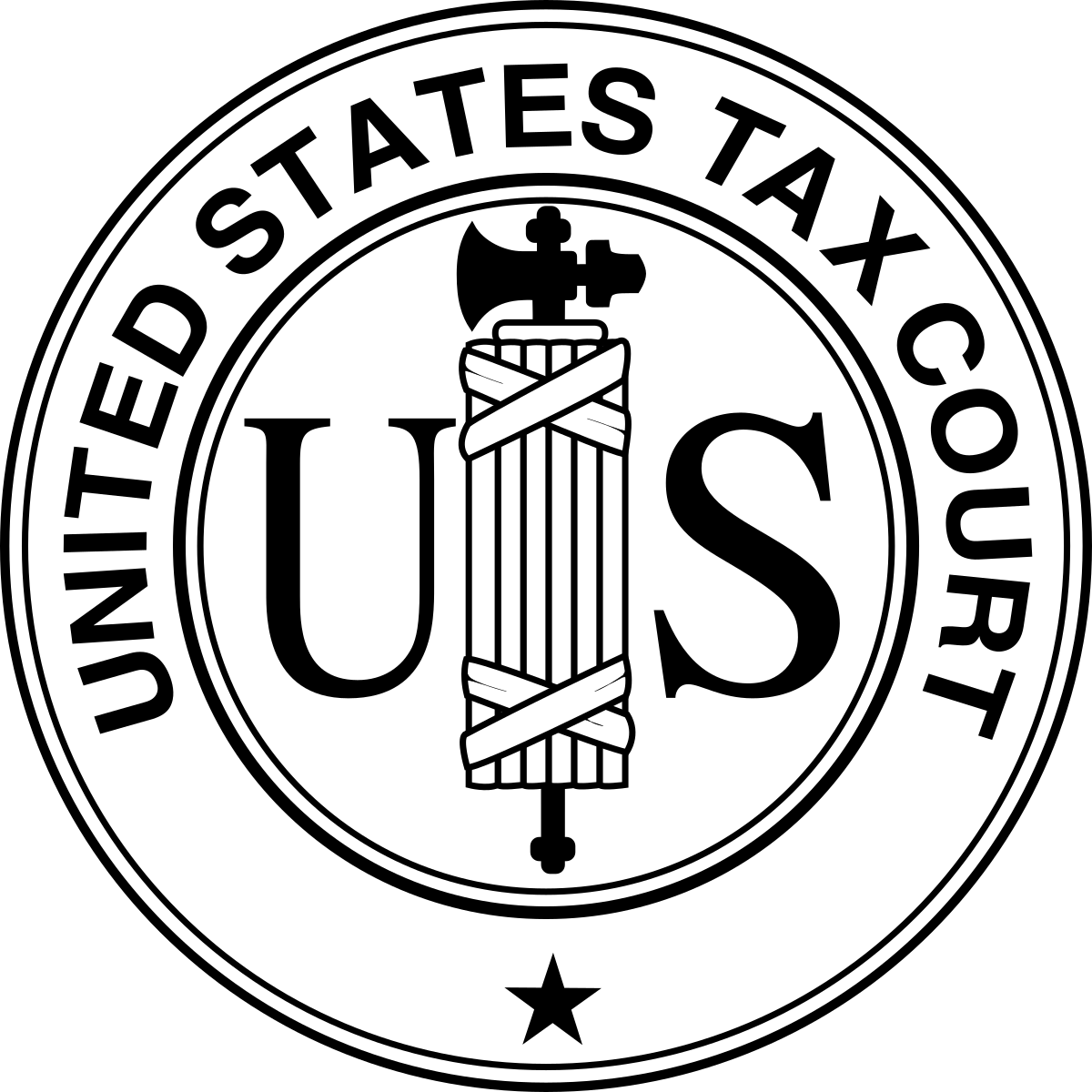When Montana became a territory in 1864, its legislators chose as its motto the Spanish words “Oro Y Plata” which means “Gold and Silver.” Gold and silver discoveries brought people to the new territory in droves, and everyone expected to get rich.

Nowadays, the newest gold rush to open up in Montana is the state’s adult use cannabis market, which began operation this past January 1, 2022. The Cannabis Control Division (CCD) of the Montana Department of Revenue expects total adult sales in 2022 to top $130M. With a population just over a million residents, that works out to about $120 per person, which would be more than California’s benchmark $111 per person. Montana’s cannabis industry is expecting exciting and enriching times ahead!
We advise our Montana clients to be cautious, however, and to keep an eye on the “cannabis tax ball.” Why? You can be killing it in sales but still get dragged under by a heavy tax burden, especially in adult use sales, or worse, not keep up with your tax obligations and run afoul of the Department of Revenue or Big Brother IRS.
Montana’s initial foray into cannabis began in 2004, when the state passed Initiative I-148, allowing patient cultivation and use of marijuana but left the legality of commercial sales ambiguous.1 The government reactionaries jumped in and used legislative action to tighten and limit that law.2 Then, in 2016, Montana voters legalized the medicinal sale of cannabis with I-182,3 and in 2021, adult use was legalized with I-190, allowing existing dispensaries to sell recreationally beginning January 1, 2022 in counties which voted yes on the initiative.4,5
 From a federal taxation standpoint, of course, Montana’s cannabis operators are only allowed to deduct Cost of Goods Sold under Internal Revenue Code (IRC) 280E, and in general, the state of Montana’s tax code conforms with the Internal Revenue Code.6,7 However, the Montana Department of Revenue departed from the IRC in 2017 and allowed normal business deductions for licensed (legal) cannabis corporations.8 The Montana Department of Revenue also interpreted the law for pass-through entities and individuals with licensed cannabis operations to allow deductions of ordinary and necessary business expenses.9 This is what makes it possible to do business in cannabis in the state of Montana.
From a federal taxation standpoint, of course, Montana’s cannabis operators are only allowed to deduct Cost of Goods Sold under Internal Revenue Code (IRC) 280E, and in general, the state of Montana’s tax code conforms with the Internal Revenue Code.6,7 However, the Montana Department of Revenue departed from the IRC in 2017 and allowed normal business deductions for licensed (legal) cannabis corporations.8 The Montana Department of Revenue also interpreted the law for pass-through entities and individuals with licensed cannabis operations to allow deductions of ordinary and necessary business expenses.9 This is what makes it possible to do business in cannabis in the state of Montana.
But what about Montana’s cannabis taxes? How big are they, and how do they compare with other states?
Montana charges a regular sales tax as well as either a 4% cannabis tax on medical sales or a 20% cannabis tax on adult use (recreational) sales.10 Some good news: wholesale sales are exempt from this tax.11 More good news: Both the retail tax and the regular sales tax are exempt from the taxable price i.e., the state does not charge “tax on tax.”12,13 However, be warned: be careful of offering discounts as it is assessed on the regular retail price rather than the actual discounted price.

Montana assesses the Cannabis Tax on the retail price and excludes discounts or even product given away.14 As of this writing, Park, Yellowstone and Missoula (medical only for Missoula) Counties have an additional 3% Local Option Tax based on the same state retail price definition with an exclusion for discounts or gifted products.15
So, with all these different taxes, is Montana actually a low tax state for cannabis? To begin with, the state is at least “in the ball game” by allowing the deduction of regular operating expenses on state income taxes. In addition, Montana has a relatively low tax which only applies at the retail level for medical sales and a relatively high tax on adult use. Adult use tends to be the vast majority of sales for dispensaries, so this does not bode well for retail cannabis operators.16
But before you throw in the towel and start looking to move to California (or Oklahoma, another cannabis-friendly state), a look at the whole Montana cannabis picture provides a rosier outlook. Montana income tax is relatively low, and since cultivators and manufacturers do not have to pay any cannabis excise taxes (especially as compared to California, with its cultivation tax and a functional 27% excise tax charged to retailers – a tax theoretically assessed to the consumer but in reality charged by a distributor to a retailer) or cultivation taxes on weight that enters the commercial market. All-in-all, Montana is actually a low-tax state for cannabis operators!
Disclaimer: This article has been prepared and published for informational purposes only and is not offered, nor should be construed, as legal advice.
References
- https://ballotpedia.org/Montana_Medical_Marijuana_Allowance,_I-148_(2004)
- https://legiscan.com/MT/text/SB423/id/277384
- https://sosmt.gov/Portals/142/Elections/archives/2010s/2016/I-182.pdf
- https://sosmt.gov/wp-content/uploads/I-190.pdf
- https://leg.mt.gov/bills/2021/billpdf/HB0701.pdf
- Montana Code Title 15, Chap. 30 Part 21 10 (2021)
- Montana Code Title 15, Chap. 31 Part 1 13 (2021)
- Montana Code Title 15, Chap. 31 Part 1 14 (2021)
- Montana Department of Revenue, “Montana Tax News You Can Use,’ December 14th 2017.
- Montana Code Title 15, Chap. 64 Part 1 02 (2021)
- Montana Code Title 15, Chap. 64 Part 1 02 (2021)
- Montana Code Title 15, Chap. 68 Part 1 01 (2021)
- Montana Code Title 15, Chap. 64 Part 1 01 (2021)
- Montana Code Title 15, Chap. 64 Part 1 01 (2021)
- https://montana.servicenowservices.com/citizen/kb?sys_kb_id=37c9bc641bbcc150d707a82eac4bcb67&id=kb_article_view&sysparm_rank=1&sysparm_tsqueryId=a2d72fcd1b380950135cebdbac4bcbc8
- Author’s experience with clients from California Oregon, Washington State and Nevada; states with both adult use and medical sales as of this writing. Montana does not have a commercial adult use program as of this writing.















